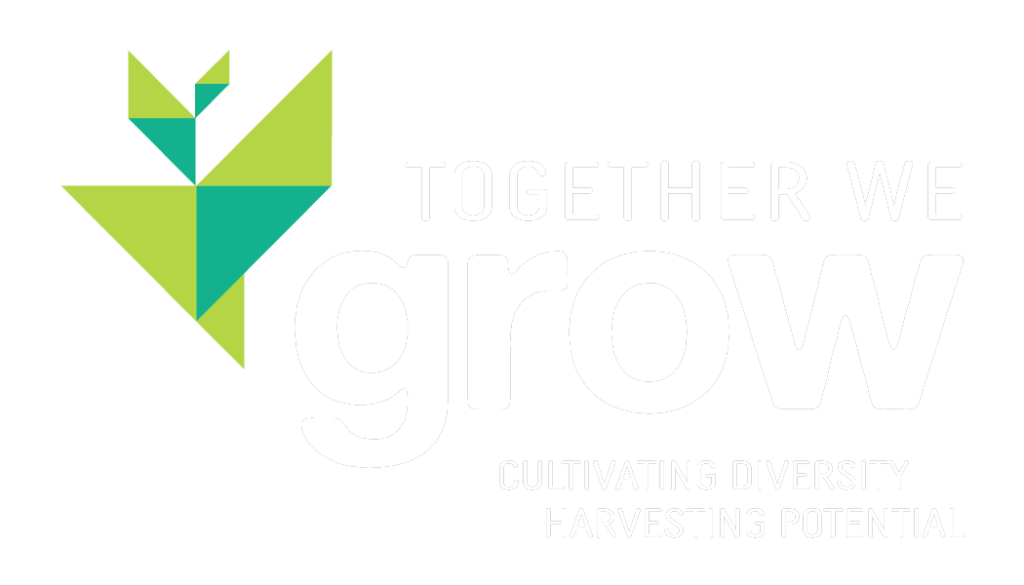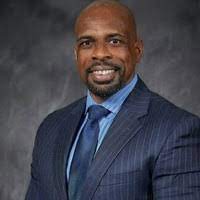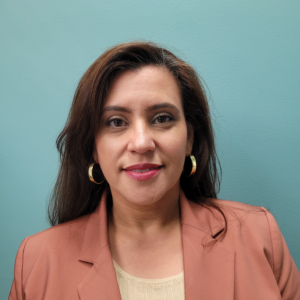$900,000! For an individual, this is a life changing amount of money. And yet, this is the monetary impact to the average Black woman over the course of her lifetime of work resulting from the wage gap, according to the National Women’s Law Center.
Sept. 21 marked Black Women’s Equal Pay Day, representing the extra nine months and 21 days that the average Black woman had to work in 2022 to make what the average white man made in 2021. (Yes, the prior year!) The number is startling. Even more concerning is the fact that the wage gap has improved for women overall and yet has worsened for Black women. The gap is even wider for Latina and Native American women. In 2022, Latina Equal Pay Day won’t occur until Dec. 8, reflecting that the average Latina woman makes less than half of the average white man.
One approach that attempts to make progress in closing the wage gap is pay transparency legislation, such as Colorado’s Equal Pay for Equal Work Act, which requires employers to list compensation in job postings and notify employees of promotion opportunities. However, pay transparency can be a challenging shift for organizations culturally even if they are legally required to disclose. In fact, some organizations have avoided disclosing compensation by excluding applicants from states where pay transparency is required, even if the job is remote. Wouldn’t this be an opportunity to proactively ensure all applicants know what they should expect in pay and trailblaze progress toward closing the wage gap and addressing pay discrimination?
Wherever your organization is on the journey with pay transparency and making progress toward closing the wage gap, there is always room for improvement in connecting DEI and workforce efforts to pay. A couple of helpful places to start: Mercer’s report is a tool for understanding how pay transparency can elevate the employee experience, and WorldatWork’s article highlights the advantage of pay transparency in a tight labor market.
Do you have thoughts on this topic or learnings to share from your organization’s approach on pay transparency and the wage gap? I’d love to hear from you at [email protected].
Lauren Baer
Executive Director, Together We Grow
This message was included in Together We Grow’s October newsletter. Subscribe to the monthly newsletter.







